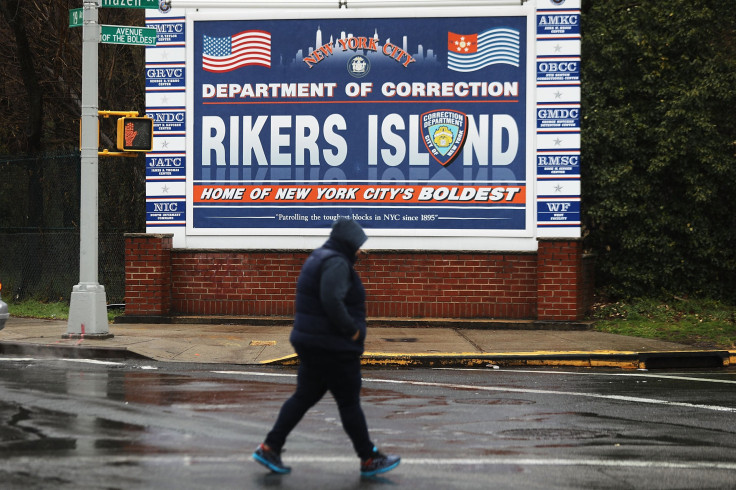NYC To Identify Inmates That 'Need To Be Brought Out' Amid COVID-19 Outbreak
KEY POINTS
- New York City Mayor Bill de Blasio is mulling on releasing inmates from local jails to prevent the spread of COVID-19 in the city's penitentiaries
- This came after several city officials is pushing for the release of inmates over 50 years old
- NYC's Board of Corrections said the city should follow Los Angeles and Ohio who have already released several prisoners as a preventive measure
New York City Mayor Bill de Blasio is mulling on releasing “vulnerable” inmates sentenced in local jails to prevent COVID-19 from spreading in their penitentiaries.
The suggestion came after a correction officer and an inmate tested positive for the virus, as well as a strong push coming from several city officials, including Public Advocate Jumaane Williams, said the New York Post.
They are urging the city to release inmates who are over 50 years old and have “low-risk for re-offending,” according to the outlet.

de Blasio told WCBS radio in an interview late Wednesday that they will start identifying inmates that “need to be brought out” because of their health conditions or because charges against them are minor.
“We think it's appropriate to bring them out in this context,” the mayor said, adding that they still need the justice system “to function.”
The Post also relayed a statement from the city's Board of Corrections that New York City should follow Los Angeles and Ohio who have already released several prisoners as a preventive measure to contain the spread of COVID-19.
"Four New York state district attorneys announced Monday that they support a “cite and release” approach toward offenses posing “no physical threat to the community” and the release of inmates particularly vulnerable to the novel coronavirus." via @NYLawJournal
— Miriam Krinsky (@miriamkrinsky) March 19, 2020
In a similar way, Sacramento County Sheriff's officials began releasing “a handful” of non-violent inmates late Tuesday.
Doctors and healthcare providers have also signed an open letter addressed to the US Immigration and Customs Enforcement (ICE) to release detained individuals and families while they wait for their legal cases.
“Detention facilities are designed to maximize control of the incarcerated population, not to minimize disease transmission or to efficiently deliver healthcare,” pointed the letter.
New York City's Board of Correction this week also called for the immediate release of all high-risk inmates after the investigator assigned to the jail system died over the weekend of the coronavirushttps://t.co/KlUZhaizSK
— NBC New York (@NBCNewYork) March 19, 2020
© Copyright IBTimes 2025. All rights reserved.





















